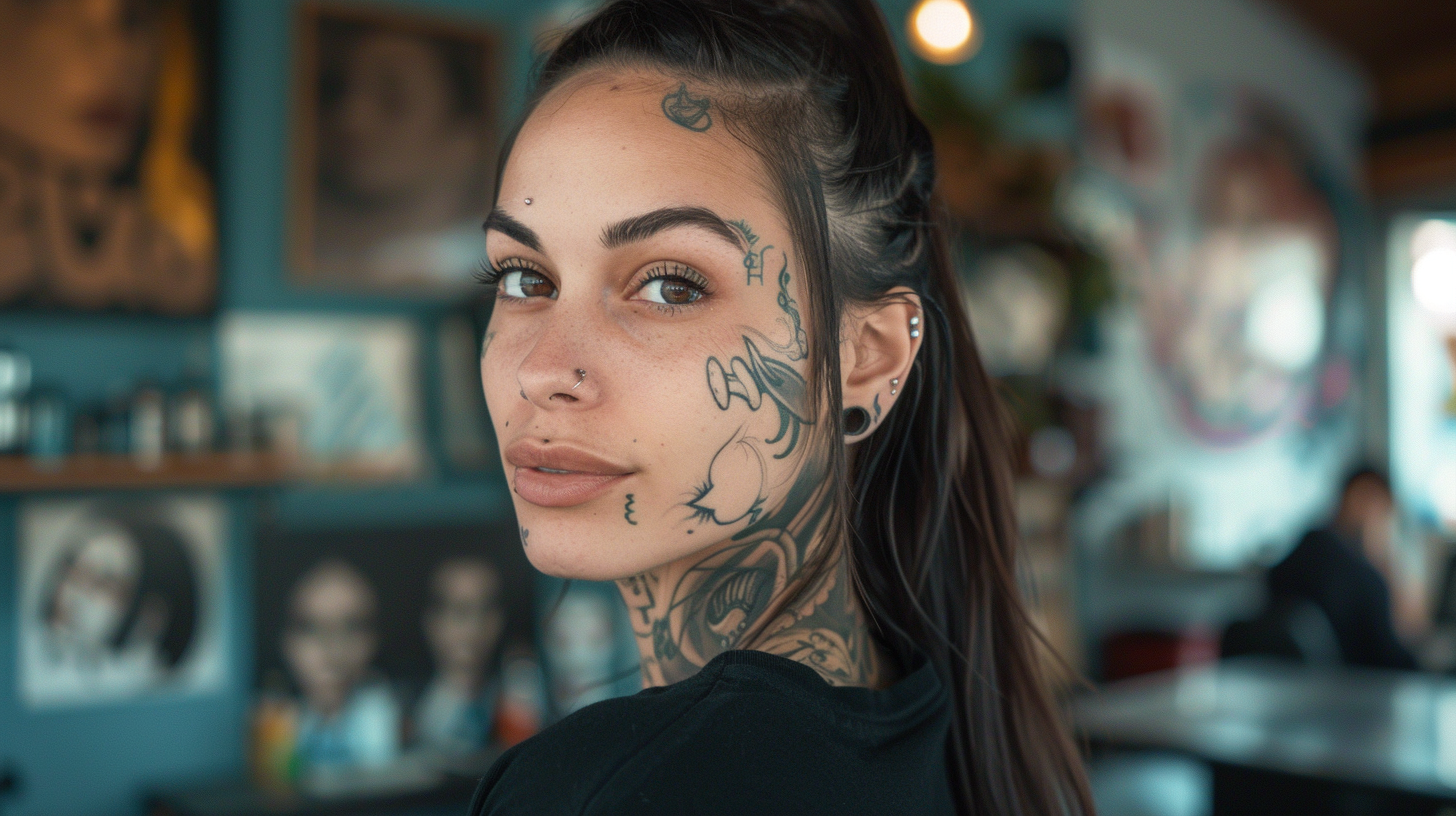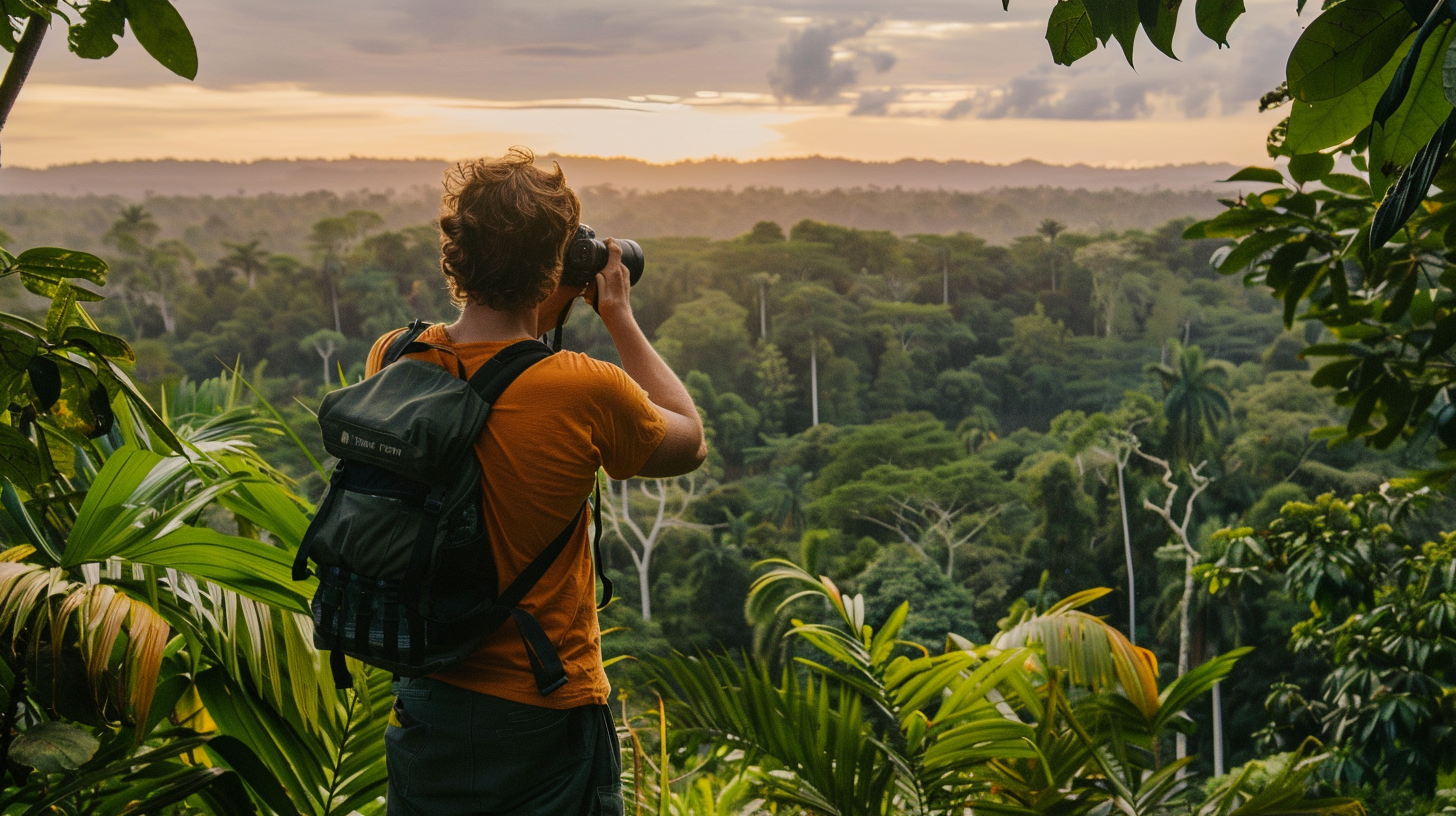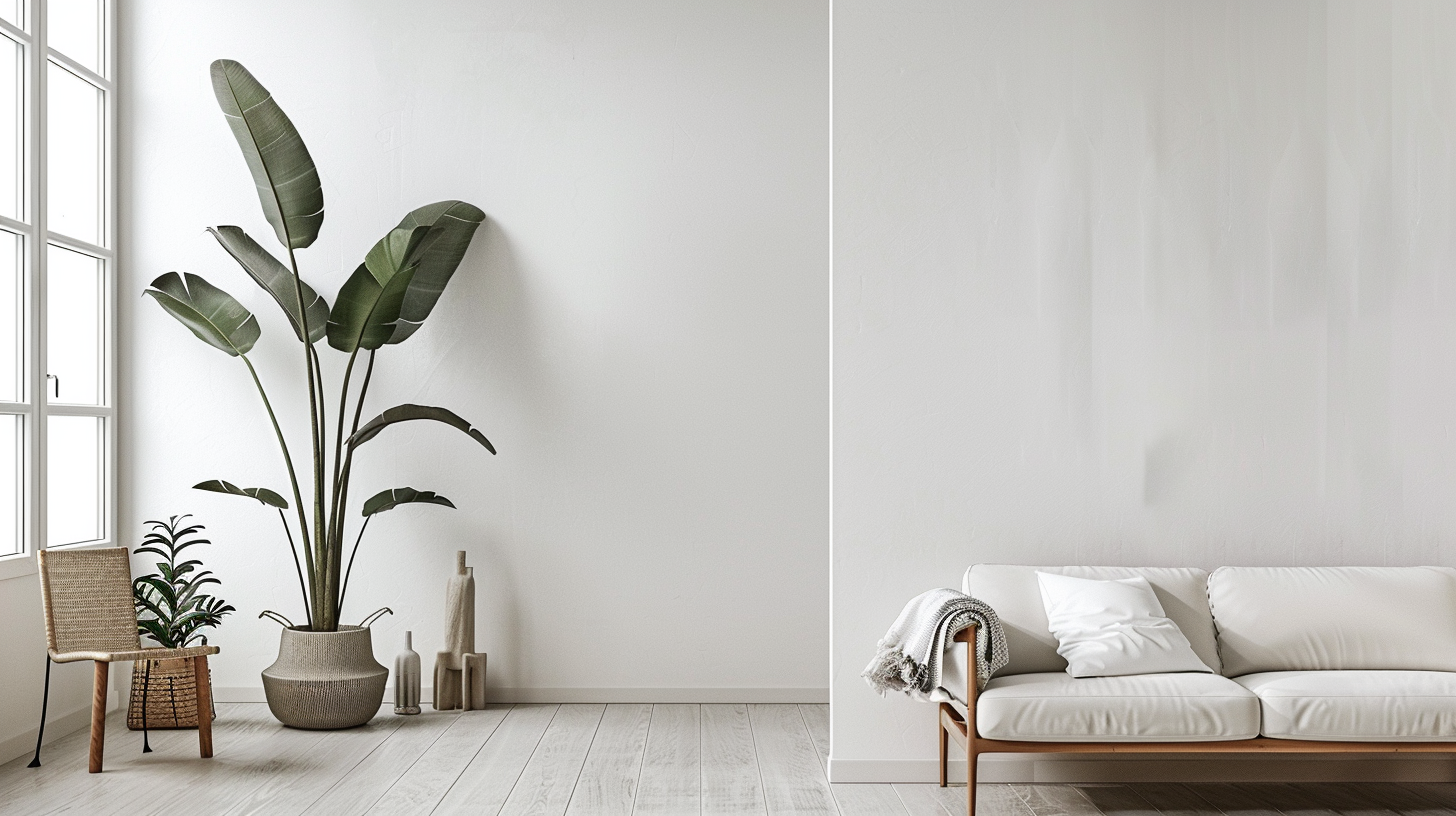Table of Contents Show
While some may argue that body art is a modern trend, we’ve found that tattooing and piercing are deeply rooted traditions spanning across various cultures worldwide. Through our exploration, we’ll uncover the rich tapestry of meanings behind these practices, from the Maori Moko traditions to Japan’s Irezumi art. Each culture brings a unique perspective on body art, often intertwining spiritual, social, and aesthetic values. As we navigate through these diverse practices, one can’t help but wonder how these ancient traditions have influenced contemporary expressions of identity. Join us as we uncover the stories etched and pierced into the skin of history, inviting a broader conversation on the significance and evolution of body art.
Key Takeaways
- Body art serves as a bridge connecting individuals to their cultural heritage, identity, and societal status.
- Traditional techniques and symbols in tattooing and piercing carry deep spiritual and cultural meanings across various societies.
- Contemporary body art celebrates individuality while respecting its ancient roots and cultural significance.
- The perception of body art is shifting towards mainstream acceptance, highlighting its role in self-expression and social inclusion.
The Ancient Origins
While tattooing and piercing are popular forms of body art today, their origins stretch back thousands of years, deeply rooted in ancient cultures around the world. We’ve come to embrace these forms of expression as avenues to showcase our individuality and freedom, but it’s fascinating to immerse into the rich histories that paved the way for this modern-day acceptance.
Ancient Egyptians were among the pioneers, using tattoos as symbols of protection and status, and piercings to denote wealth and beauty. We’ve inherited more than just the practices; we’ve adopted the meanings, transforming them into personal statements of power and independence. It’s as if with every tattoo or piercing we get, we’re connecting with those ancient traditions, claiming a piece of that timeless quest for identity.
In many tribal societies, body art served as rites of passage, marking the shift from childhood to adulthood or commemorating significant achievements. This tradition underscores a universal truth we still hold dear: the journey towards self-discovery and the marks we make along the way are essential to our story. They’re not just decorations; they’re declarations.
Our ancestors used what nature provided – soot, metal, bone – to etch their stories onto their skin and through their flesh. Today, we continue this legacy with modern tools and techniques, but the essence remains the same. We’re asserting our right to be seen, to be unique, and to belong, all at once. It’s a powerful reminder that despite the passage of time, our desire for freedom and expression remains unaltered, deeply embedded in the human spirit.
Maori Moko Traditions
Turning our focus to the Maori of New Zealand, we find the Moko traditions offer a unique insight into the cultural significance of body art. Moko, or traditional Maori tattooing, isn’t just about aesthetics; it’s a profound expression of identity, heritage, and social status. This art form allows individuals to wear their stories on their skin, showcasing their achievements, lineage, and the roles they play within their communities.
What makes Moko particularly fascinating is its deep-rooted connection to Maori beliefs and customs. Unlike the fleeting trends of the modern tattoo world, Moko tattoos are steeped in history and spirituality.
Here are a few key aspects that highlight the essence of Moko traditions:
- Symbolism: Each Moko design is highly personalized, incorporating symbols that tell the wearer’s family history, tribal affiliations, and personal achievements.
- Technique: Traditional Moko tattoos are carved into the skin using chisels, not needles, creating a unique texture that’s distinct from other forms of tattooing.
- Gender Specificity: Moko designs and placements vary between men and women, reflecting specific societal roles and statuses.
- Spiritual Connection: The process of receiving a Moko is considered sacred, involving rituals that connect the wearer to their ancestors and the spiritual domain.
As we explore the rich tapestry of body art traditions around the world, it’s clear that the Maori Moko stands out as a powerful proof to the enduring desire for freedom of expression, a longing that transcends cultures and generations.
Polynesian Tattoo Practices
Shifting our attention to the broader Polynesian region, we find that tattooing practices here are deeply intertwined with cultural identity and social hierarchy. It’s a vibrant expression of freedom and a bold claim to one’s heritage and status within the community. Unlike other forms of body art that may be chosen from a purely aesthetic standpoint, Polynesian tattoos are laden with meaning, each design a narrative of personal achievement, lineage, and social standing.
We’re captivated by the meticulous methods used, where traditional tools like bone, tusk, and wood are employed to inscribe the skin with ink made from natural materials. It’s a proof to the resilience and creativity of these cultures, crafting beauty and significance from the resources at their disposal.
To make our exploration more engaging, let’s take a quick glance at a comparison within the Polynesian tattoo practices:
| Feature | Significance |
|---|---|
| Designs | Each pattern and symbol tells a story, often related to the wearer’s lineage, achievements, or status. |
| Placement | Specific parts of the body serve different symbolic purposes and can indicate the wearer’s social ranking or age. |
| Process | The traditional hand-tapped method is not just about creating the tattoo but is a rite of passage, signifying strength and endurance. |
In our quest for freedom and expression, we’re reminded that for many in the Polynesian culture, tattoos are more than just body art; they’re a declaration of identity, a bridge to their ancestors, and a canvas of their life’s journey. It’s a powerful reminder of the significance that body art can carry, transcending mere aesthetics to embody the essence of freedom and personal expression.
Japan’s Irezumi Art
Moving from the broad strokes of Polynesian tattoo practices, we now turn our attention to Japan’s Irezumi art. We’ll explore the deep symbolism embedded in Irezumi and trace its evolution throughout Japanese history. This journey will shed light on how Irezumi has shaped, and been shaped by, the cultural landscape of Japan.
Irezumi Symbolism Explained
Delving into the ancient art of Irezumi, we uncover a rich tapestry of symbolism deeply ingrained in Japanese culture. Irezumi isn’t just body art; it’s a language of icons, each with profound meanings, echoing the desires for freedom, strength, and protection. To appreciate its depth, let’s explore some pivotal symbols:
- Dragons: Embodiments of wisdom, strength, and the power to manipulate the elements.
- Koi fish: Symbols of perseverance, as they swim upstream, transforming into dragons according to legend.
- Cherry blossoms: Representing the fleeting nature of life, reminding us to live fully.
- Tigers: Signifying protection against bad luck, disease, and evil spirits.
These elements aren’t mere decorations; they’re powerful declarations of personal beliefs and values, resonating with anyone who yearns for a deeper connection to the world around them.
Historical Irezumi Evolution
After exploring the rich symbolism within Irezumi, let’s now examine how this art form has evolved throughout Japanese history. Irezumi, more than just body art, represents a journey through time, reflecting changes in societal attitudes and the quest for personal freedom and expression.
| Era | Characteristics | Significance |
|---|---|---|
| Edo Period (1603-1868) | Full-body designs, symbolism | Underground resistance, identity |
| Meiji Period (1868-1912) | Criminalization, decline | Social order, Western influence |
| Modern Era | Global appreciation, artistic evolution | Cultural pride, self-expression |
This table highlights the transformation of Irezumi from a form of rebellion to an internationally respected art form. We’ve witnessed how Irezumi has navigated through periods of suppression and celebration, embodying the enduring spirit of freedom and the unyielding desire to express one’s true self.
Indigenous North American Tattoos
Moving on from Japan’s Irezumi art, we now turn our attention to Indigenous North American tattoos. We’ll explore their symbolic meanings and how traditional techniques are being revived today. This rich tradition offers a unique insight into the cultural heritage and identity of Indigenous communities across North America.
Symbolic Meanings Explored
Indigenous North American tattoos carry profound symbolic meanings that connect individuals to their culture, history, and identity. These tattoos are more than just body art; they’re a form of expression that tells stories of heritage, bravery, and belonging. We find freedom in these symbols, embracing the unique stories they tell.
- Animal Totems: Representing personal or tribal totems, symbolizing traits and teachings from the animal kingdom.
- Natural Elements: Showcasing connections with nature, such as water, fire, earth, and air, embodying the harmony between humans and the natural world.
- Warrior Marks: Signifying bravery, battles fought, and honors earned, marking moments of triumph and challenge.
- Spiritual Symbols: Connecting wearers to their spiritual beliefs, guiding them through life’s journey and grounding them in their ancestral roots.
These tattoos offer a powerful way to wear one’s heart, history, and hopes on their skin, celebrating the freedom to express and connect with one’s heritage.
Traditional Techniques Revived
Building on our exploration of symbolic meanings, we now turn our focus to the revival of traditional tattooing techniques among Indigenous North American communities. We’re witnessing an incredible resurgence, as these communities reconnect with their ancestral practices. It’s not just about aesthetics; it’s a profound act of reclaiming and preserving cultural identities.
Here’s a glance at the heart of this movement:
| Technique | Significance | Tools Used |
|---|---|---|
| Hand-Poke | Deeply personal | Bone, Cactus Spine |
| Skin-Stitch | Spiritual connection | Needle, Thread |
| Ink Rubbing | Communal bonding | Plant-Based Inks |
These methods are more than just tattooing; they’re pathways to freedom, allowing individuals to express their identity and stories on their own terms. It’s a powerful reminder of the beauty in tradition and the strength found in its revival.
African Tribal Piercings
Across the diverse African continent, numerous tribes have long embraced the tradition of piercings, each with its unique cultural significance. This practice, deeply rooted in their heritages, isn’t just about beauty. It’s a powerful form of self-expression and freedom, a way to connect with one’s identity and community. Let’s delve into the fascinating world of African tribal piercings, exploring how they speak volumes about the rich cultures they stem from.
- Lip Plates: Seen mainly in the Mursi tribe of Ethiopia, lip plates are a symbol of beauty and maturity. Women start wearing them from adolescence, gradually increasing the size to signify social or marital status.
- Earlobe Stretching: This is common among various tribes, including the Maasai of Kenya and Tanzania. Large, stretched earlobes are often seen as a sign of wisdom and respect, and they wear ornaments that signify their heritage and achievements.
- Nose Piercings: Though not as widespread, some African tribes do practice nose piercing. This, however, is more than just a fashion statement; it’s a rite of passage or an indicator of social standing within the tribe.
- Scarification and Piercing: Some tribes combine piercing with scarification, embedding objects into the skin to create raised scars. This is seen as a form of beautification and often carries significant cultural meaning, such as marks of bravery or tribal identity.
We’re captivated by these practices, a sign of the human desire for freedom through self-expression. African tribal piercings offer a window into the soul of these communities, showcasing their unwavering commitment to tradition and the embodiment of their identity.
Indian Nose Rings
India’s tradition of nose ring adornment spans centuries, offering a glimpse into the country’s rich cultural tapestry. We’ve marveled at how these small pieces of jewelry carry significant weight in expressing one’s identity, social status, and marital status. It’s not just about beauty; it’s about a deeply ingrained custom that champions personal freedom and cultural pride.
Nose rings in India aren’t just accessories; they’re markers of a journey and a confirmation to the wearer’s heritage. From the bustling streets of Mumbai to the serene landscapes of Rajasthan, every region has its unique take on this age-old tradition. We’ve seen firsthand how these differences in style and significance reflect the diverse tapestry of Indian culture.
To convey a deeper meaning, let’s explore into some specifics:
| Style | Significance |
|---|---|
| Nath | Symbolizes marriage; typically worn by brides |
| Laung | Worn on one side, signifies beauty and status |
| Bullak | A statement piece, represents strength and fearlessness |
| Septum Ring | Linked to rebellion and freedom; gaining popularity among the youth |
These styles are more than just fashion statements; they’re a bridge to the past and a nod to the future. They remind us that we’re part of something bigger, allowing us to express our individuality while staying connected to our roots.
In embracing these traditions, we’re not just adorning our bodies; we’re honoring the freedom to express our identities in the most authentic way possible. It’s a celebration of diversity, beauty, and the enduring spirit of freedom that connects us all.
Ear Stretching Globally
Shifting our focus from the intricate designs of Indian nose rings, we now explore the ancient practice of ear stretching, observed in various cultures around the globe. This form of body modification goes beyond mere fashion; it’s a sign of beauty, a mark of beauty, and a symbol of status and bravery. We’re fascinated by how this tradition varies from one culture to another, each adding its unique twist to the practice.
-
Mursi and Surma Tribes of Ethiopia: Here, ear stretching is a sign of beauty and social status. The larger the earlobe stretch, the more beautiful the individual is considered. Women, in particular, are known for their elaborate ear decorations.
-
Maasai of Kenya and Tanzania: In these cultures, both men and women engage in ear stretching as a sign of social status and as part of their journey towards adulthood. Ornate beads and jewelry are often inserted into the stretched lobes, adding to the wearer’s beauty and prestige.
-
Ancient Maya and Aztecs: Ear stretching was not just for adornment but also had religious and ceremonial significance. It signified one’s commitment to the gods and was a part of various rites of passage.
-
Buddhist and Hindu Sadhus: For these ascetics, ear stretching is a spiritual practice, symbolizing their detachment from the material world and their quest for enlightenment.
We embrace the diverse ways ear stretching is celebrated across cultures, reminding us of the deep human desire for self-expression and identity. It’s a proof of the boundless creativity and resilience of traditions that have withstood the test of time.
Modern Western Trends
In recent years, we’ve seen a surge in the popularity of ear stretching and other body modifications in Western culture, reflecting a growing fascination with these ancient practices. It’s a clear statement of individuality, a way for many of us to express our unique identities and experiences. Tattoos, once relegated to the fringes of society, have now become mainstream, adorning the skin of people from all walks of life. They’re not just images; they’re stories, deeply personal narratives etched into flesh.
Piercings have followed a similar trajectory, moving beyond the traditional earlobe to encompass a variety of body parts. We’re talking about septum piercings, dermal anchors, and even more adventurous modifications that push the boundaries of personal expression. It’s about taking control of our bodies, about making a statement that we’re here, and we’re unapologetically ourselves.
These trends aren’t just about aesthetics; they’re a form of communication. In a world where we’re constantly bombarded with messages about how we should look and behave, choosing to modify our bodies in ways that resonate with us is a powerful act of defiance. It’s a declaration that we’re not content to simply blend in with the crowd.
As we continue to break down the stigmas associated with body art, we’re also fostering a culture of acceptance and freedom. It’s a vibrant, ever-evolving form of self-expression that celebrates diversity and champions the right to be different. In embracing these modern Western trends, we’re not just decorating our bodies; we’re reclaiming them.
Spiritual and Religious Significance
While we’ve explored the aesthetic and personal identity aspects of body modifications, it’s also worth noting their deep spiritual and religious significance across various cultures. Tattoos and piercings aren’t just about looking a certain way or expressing individuality; they often hold profound meanings and serve as crucial connections to spiritual or religious beliefs.
In many traditions, body art is more than skin-deep. It’s a rite of passage, a marker of faith, or a protective emblem. We find ourselves fascinated by the variety and depth of these practices, which highlight the human need to connect with something greater than ourselves. Consider how:
- Maori Ta Moko tattoos aren’t merely decorative; they carry personal and tribal histories, status, and achievements. Each design is unique, telling the story of the wearer’s lineage and life.
- Hindu piercings, particularly nose piercings, are not just fashion statements but are deeply embedded in spiritual and marital traditions, believed to enhance a woman’s beauty and social standing.
- Native American tribes use body modifications as part of their spiritual rituals, often to mark the change from childhood to adulthood, to heal, protect, or empower the wearer.
- Catholic pilgrims in some cultures tattoo crosses or images of saints on their bodies as an eternal sign of faith and devotion, a practice that dates back centuries.
These examples barely scratch the surface of the rich tapestry of beliefs and practices surrounding body art worldwide. They remind us that our desire for freedom, to express and connect with the divine or spiritual, transcends borders and cultures.
Body Art in Contemporary Asia
As we turn our attention to body art in contemporary Asia, we’ll see how traditional influences shape modern trends. We’re also going to explore how social perceptions of tattooing and piercing have undergone significant shifts. It’s fascinating to see how ancient practices continue to influence the aesthetics and meanings of body art today.
Traditional Influences Modern Trends
We observe that traditional forms of body art greatly shape modern trends in contemporary Asia. The fusion of old and new has given rise to unique, fascinating styles that embody both cultural heritage and individual freedom. Here’s how traditional influences are weaving their magic into modern trends:
- Ancient symbols and patterns are being reimagined in tattoos, blending history with personal identity.
- Traditional piercing techniques have inspired innovative body jewelry designs, merging tradition with modern aesthetics.
- Cultural rituals surrounding body art have evolved, but their essence enriches the meaning behind contemporary practices.
- Techniques from the past, like hand-poked tattoos, are experiencing a resurgence, offering a distinct touch to modern body art.
This blend of old and new not only respects cultural roots but also empowers individuals to express their unique identity in the modern world.
Social Perceptions Shift
In contemporary Asia, the once rigid social perceptions of body art are undergoing a significant transformation, becoming increasingly accepted and celebrated. We’re witnessing a vibrant shift as tattoos and piercings move from the fringes to the mainstream, challenging traditional norms and embracing individual expression. This change isn’t just about aesthetics; it’s a powerful statement of autonomy and identity in societies that have long valued conformity. Younger generations, in particular, are leading the charge, using body art as a canvas to showcase their unique stories and beliefs. As we navigate this evolving landscape, the message is clear: the freedom to express oneself through body art is not just a trend but a movement towards a more open and inclusive culture.
Healing and Protection Symbols
Throughout history, various cultures have adorned their bodies with tattoos and piercings that symbolize healing and protection. These symbols serve as a confirmation to the human desire for security and well-being, transcending mere aesthetic appeal. They’re a deeply personal choice, often reflecting an individual’s journey, beliefs, or the desire to safeguard themselves against life’s uncertainties.
Here’s a glance at some of these powerful symbols:
- The Hamsa Hand: Found in many cultures, this symbol consists of an open hand, sometimes with an eye in the center, believed to protect against the evil eye and bring good fortune.
- Celtic Knots: These intricate patterns, with no beginning or end, symbolize the interconnectedness of life and eternity. They’re often sought after for their perceived ability to shield the wearer from harm.
- Maori Ta Moko: Traditional Maori tattoos not only denote status and identity but are also believed to provide spiritual protection, guiding the wearer through life’s challenges.
- Nordic Runes: Once engraved onto skin, these ancient symbols were trusted to offer strength, healing, and protection against adversity.
We’ve embraced these symbols not just for their beauty, but for the profound meanings they carry. They’re more than just ink or metal on skin—they’re a declaration of our inner strength, a shield we choose to bear against the trials of life. As we continue to explore the vast tapestry of body art across cultures, we’re reminded of the power of these symbols to unite us, offering a sense of protection and healing that’s deeply rooted in the human experience.
Cultural Appropriation Debates
As society explores further into the domain of tattooing and piercing, debates over cultural appropriation have become increasingly prominent. We’ve seen an uptick in conversations around the respect and understanding needed when adopting body art from cultures not our own. It’s essential we sail these waters with care, ensuring we’re not unknowingly disrespecting the very cultures we admire.
Here’s a snapshot of common concerns and considerations:
| Concern | Consideration |
|---|---|
| Borrowing symbols without understanding their significance | Research and respect the cultural heritage |
| Using sacred symbols as fashion statements | Understand the context and potential for offense |
| Commercialization of traditional practices | Support authentic artisans and communities |
| Lack of proper attribution | Acknowledge the origins and meanings |
We’re at a crossroads where the freedom to express ourselves through body art intersects with the responsibility to honor the traditions and histories from which these art forms originate. It’s about finding a balance between admiration and appropriation. We must ask ourselves whether our choices uplift the cultures we’re borrowing from or if they simply serve our desire for aesthetic uniqueness.
In sailing these debates, let’s prioritize open dialogue and education. By learning directly from those within the cultures, we can make informed decisions that both respect and celebrate the rich tapestry of human expression. This approach not only enriches our understanding but also fosters a more inclusive and respectful global community. So, let’s embrace the beauty of cultural diversity with both enthusiasm and empathy, always mindful of the lines between inspiration and appropriation.
Conclusion
In our exploration of body art across cultures, we’ve journeyed from ancient practices to contemporary debates on cultural appropriation. We’ve seen how tattoos and piercings serve as markers of identity, spirituality, and resistance. Despite the sands of time shifting, these forms of expression remain deeply ingrained in human culture. As we navigate the modern world’s mosaic of cultures, it’s pivotal to approach body art with respect and understanding, recognizing its profound roots in the tapestry of human history.








